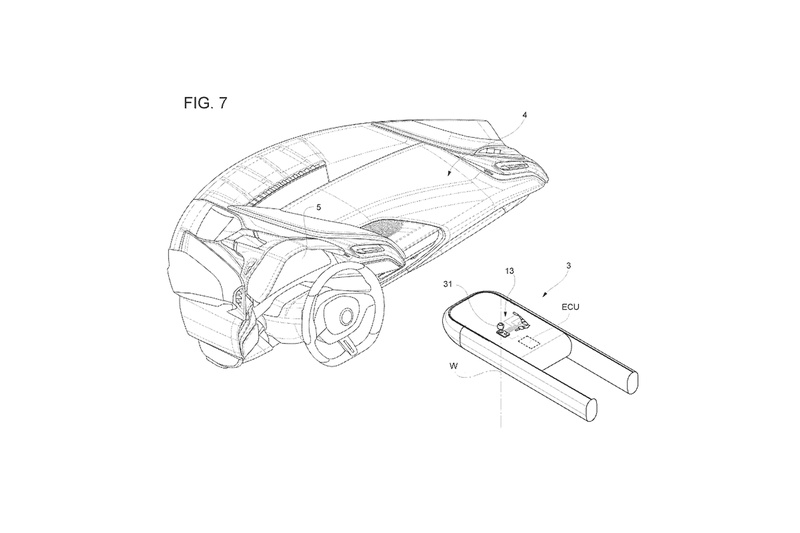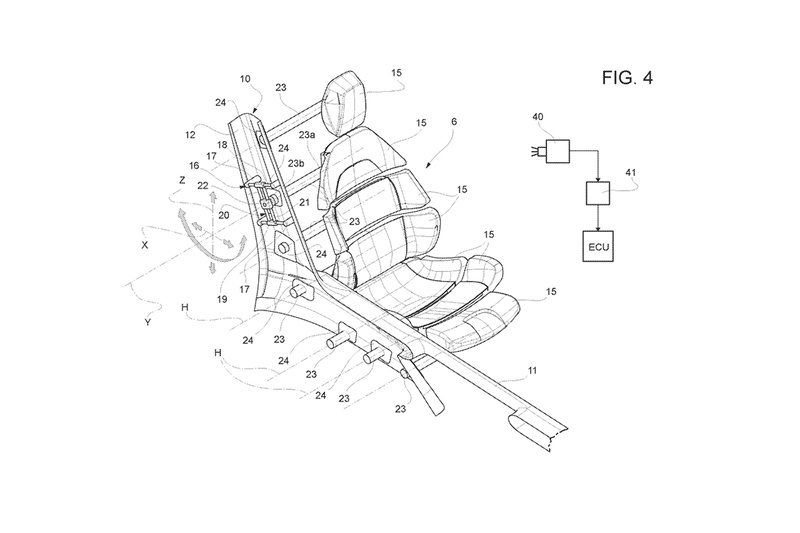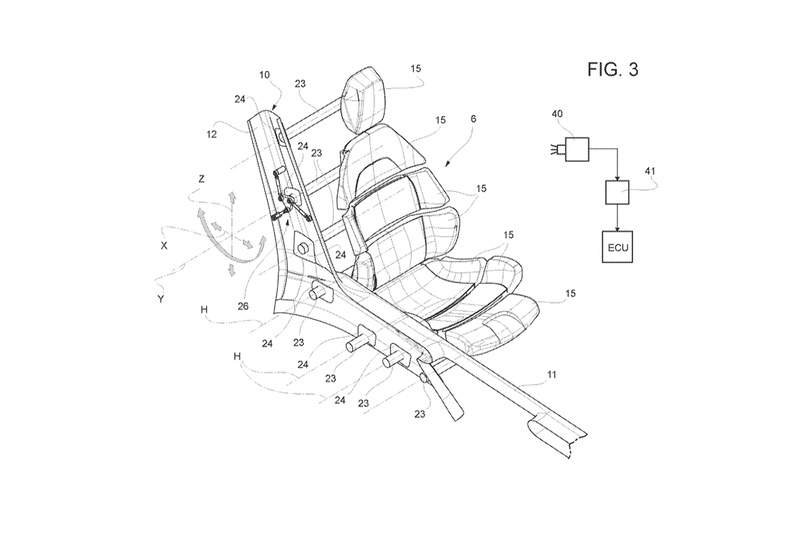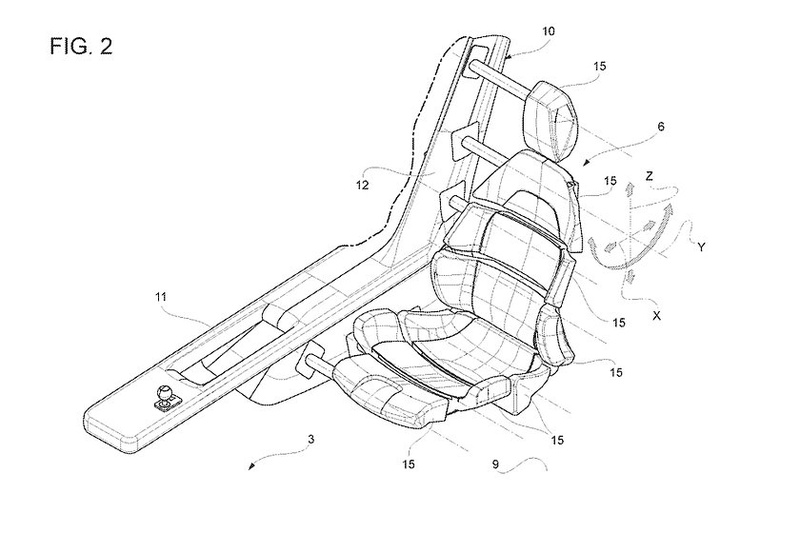CarBuzz recently uncovered a patent filed with the United States Patent and Trademark Office, revealing this exciting development. Unlike traditional seats, this new design eliminates the concept of a single, static seat.
In high-performance, low-volume supercars, it's common to attach cushions directly to the monocoque structure. These cushions offer support while keeping the cabin's weight to a minimum. However, they lack adjustability. Alternatively, heavy chairs with mechanical adjustments for backrest inclination and seat angle are used.
Ferrari's solution not only reduces weight but also offers an extensive range of adjustability for each segment of the seat.
It's worth noting that Ferrari has previously explored cabin adaptations for various body types, and Lamborghini has patented seats with independently moving components. Ferrari's latest concept seems to incorporate elements of both. In this design, the seat is anchored to a central spine in the cabin, equipped with actuators and hydraulically operated bars to facilitate movement.







The seat is divided into up to seven individual pieces, each with three degrees of movement along Cartesian planes—up, down, forward, back, left, and right in a linear fashion. This enables adjustments for thigh support, head restraints, lateral bolsters, and even the seat base itself in multiple directions to meet the occupant's precise requirements.
While it could theoretically be adjusted manually with individual levers and actuators, Ferrari has implemented an electronic system to ensure user convenience. It can store various seating configurations, similar to current memory seats.
What sets this innovation apart is its ability to use cameras to detect the occupant's posture and automatically adjust the seat's components accordingly. Ferrari's invention is not only about comfort but also intelligence, adapting support based on the user's preferences and real-time needs.
In conclusion, this seat technology promises to enhance the future 812 Competizione, making it more comfortable without adding excessive weight. It also adds an element of intelligence to the car, adapting to the occupant's preferences. Is it essential? Perhaps not, but it's a development that might very well make it into production.
Source: Carbuzz

